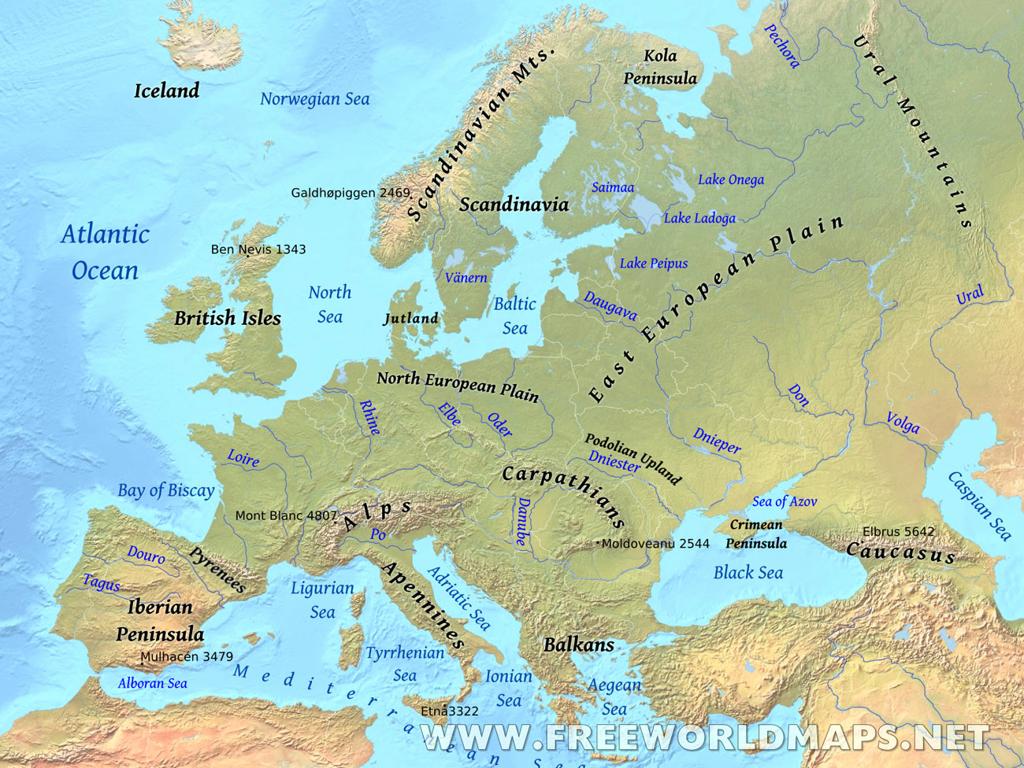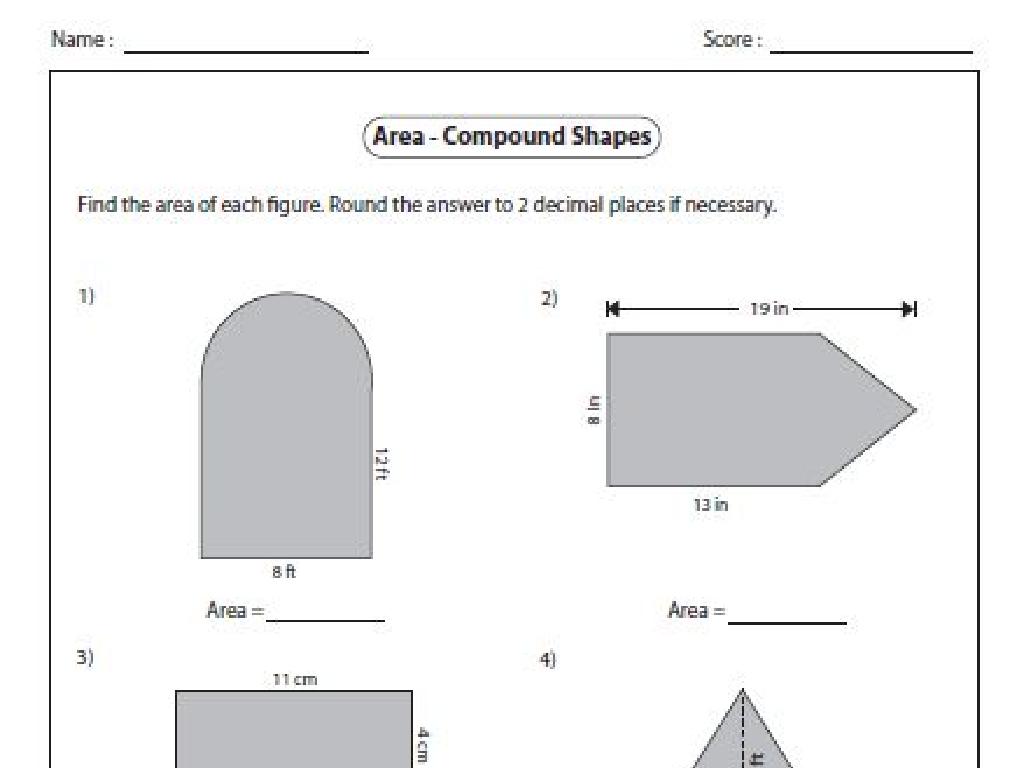Weather And Climate Around The World
Subject: Science
Grade: Sixth grade
Topic: Weather And Climate
Please LOG IN to download the presentation. Access is available to registered users only.
View More Content
Welcome to Weather and Climate!
– Exploring our atmosphere
– The atmosphere is a layer of gases surrounding Earth, crucial for life.
– Defining weather
– Weather is the day-to-day state of the atmosphere, including temperature, precipitation, and wind.
– Understanding climate
– Climate describes the average weather conditions of a place over a long period.
– Weather vs. Climate
– Weather is short-term, climate is the average of weather over time.
|
This slide introduces students to the foundational concepts of weather and climate, which are often confused. Begin by explaining the atmosphere as the protective layer that hosts all weather events. Then, define weather as the short-term conditions we experience daily. Contrast this with climate, which is the long-term average of weather patterns in a specific area. Emphasize the difference between weather and climate to ensure students understand that weather can change in minutes, whereas climate is measured over years. Use local examples to illustrate these concepts, such as how the weather might be sunny one day and rainy the next, but the climate is generally warm and humid in your area.
Understanding Weather
– Weather: day-to-day atmosphere
– Weather is what you experience when you step outside on any given day.
– Includes temperature, humidity
– Humidity refers to the moisture in the air, affecting comfort levels.
– Considers precipitation, wind
– Precipitation includes rain or snow; wind affects how cold it feels.
– Weather changes rapidly
– Changes can occur in minutes, affecting plans and activities.
|
This slide introduces the concept of weather as part of the daily experience and its various components. Emphasize that weather is not static but changes frequently, which is why it can be sunny one moment and raining the next. Discuss how temperature and humidity combine to create different climates around the world. Use examples like a sudden rain shower or a quick change in wind direction to illustrate the rapid changes in weather. Encourage students to share their own experiences with unexpected weather changes.
Understanding Climate
– Climate vs. Weather
– Climate is the average weather over a long period, unlike day-to-day weather.
– World’s diverse climates
– From tropical to polar, climates vary globally.
– Factors influencing climate
– Latitude, terrain, altitude, and water bodies shape climate.
– Climate’s impact on life
– Climate affects ecosystems, agriculture, and lifestyles.
|
This slide introduces the concept of climate as distinct from weather, emphasizing its long-term nature. Highlight the variety of climates around the world, from the constant warmth of the tropics to the extreme cold of polar regions. Discuss how factors such as latitude (distance from the equator), terrain (mountains vs. plains), altitude (height above sea level), and proximity to oceans and currents can influence a region’s climate. Explain that climate plays a crucial role in determining the types of plants and animals that can survive in an area, the kinds of crops that can be grown, and the ways in which people live. Encourage students to think about their local climate and how it affects their daily lives.
Weather vs. Climate: Understanding the Difference
– Weather: short-term changes
– Climate: long-term patterns
– Daily weather informs clothing choices
– Example: Choosing an umbrella for rain today
– Climate influences overall wardrobe
– Example: Having a mix of warm and cool clothes
|
This slide aims to clarify the distinction between weather and climate, which are often confused. Weather refers to the atmospheric conditions over a short period, such as hours or days, and can change rapidly. Climate, on the other hand, is the average weather pattern in a place over a long period, typically 30 years or more. To make it relatable for sixth graders, compare daily weather to deciding what to wear on a particular day, while climate is like planning what kinds of clothes you need in your wardrobe for the different seasons. Encourage students to think about their own experiences with weather and climate, such as how they decide to dress for school or activities based on the weather forecast versus the expected seasonal climate.
Exploring Earth’s Climate Zones
– Earth’s five main climate zones
– Tropical, Dry, Temperate, Continental, Polar
– Tropical zone characteristics
– Warm, rainy, and rich biodiversity
– Dry zone weather patterns
– Low precipitation, extreme temperatures
– Temperate zone features
– Moderate climate with distinct seasons
– Continental and Polar zones
– Continental: variable weather, Polar: very cold
|
This slide introduces students to the five main climate zones of Earth, each with its unique characteristics and weather patterns. The tropical zone is known for its consistent warmth and abundant rainfall, making it home to diverse plant and animal life. The dry zone includes deserts, where rain is scarce and temperatures can be extreme. The temperate zone experiences four distinct seasons with moderate climate conditions. The continental zone has more variable weather, with cold winters and warm summers. Lastly, the polar zone is characterized by very cold temperatures year-round. Encourage students to think about how these climate zones affect the lifestyle and culture of the people living in them.
Factors Affecting Climate
– Latitude’s role in climate
– Closer to equator = warmer; farther = cooler.
– Altitude and temperature correlation
– Higher altitudes are cooler than lower ones.
– Climate impact of nearby water
– Large water bodies can stabilize an area’s climate.
– Ocean currents’ influence
– Currents can either warm or cool coastal regions.
– Significance of wind patterns
– Winds redistribute heat and moisture globally.
|
This slide aims to explain the various factors that influence the climate of different regions around the world. Latitude determines how much solar energy an area receives, influencing its temperature. Altitude affects climate because the air is thinner and cooler at higher elevations. Proximity to water bodies like oceans and lakes can lead to a more moderate climate with less extreme temperatures. Ocean currents play a role in transferring heat across the planet, affecting coastal climates. Lastly, wind patterns are responsible for moving heat and moisture around the globe, affecting weather and climate. Encourage students to think of examples of each factor, such as how mountainous regions are cooler or coastal areas have more consistent temperatures.
Understanding Weather Forecasts
– Meteorologists and their tools
– Experts in weather use instruments like barometers, thermometers, and satellites.
– Reading weather maps
– Maps display cold/warm fronts, high/low pressure areas, and rain or snow zones.
– Purpose of weather forecasts
– Forecasts predict future weather, aiding in decision-making for events.
– Safety and activity planning
– Use forecasts to dress appropriately and avoid weather hazards.
|
This slide introduces students to the science behind weather forecasting. Meteorologists are scientists who study the atmosphere and use various tools to predict weather conditions. Weather maps are crucial for visualizing different weather elements and understanding how they might change. Emphasize the importance of forecasts in everyday life, such as choosing what to wear or when to schedule outdoor activities. Discuss how accurate forecasts can help us stay safe by preparing for severe weather conditions. Encourage students to watch a weather report and discuss the tools and terms mentioned.
Climate Change and Its Impact
– Human activities changing climate
– Global warming and ice caps melting
– Earth’s temperature rises, ice caps shrink
– Sea levels are rising
– Oceans expand with heat, flooding coastal areas
– Ways we can reduce impact
– Use less energy, recycle, plant trees
|
This slide addresses the critical issue of climate change, emphasizing the role of human activities in accelerating this global phenomenon. Highlight the concept of global warming, explaining how the greenhouse effect contributes to the rise in Earth’s average temperatures. Discuss the melting of ice caps and glaciers, leading to rising sea levels and potential impacts on wildlife and human populations. Emphasize the importance of individual and collective actions to mitigate these effects, such as reducing greenhouse gas emissions, conserving energy, using renewable resources, and supporting policies aimed at environmental sustainability. Engage students by discussing simple actions they can take at home or school to contribute to a healthier planet.
Class Activity: Build Our Weather Station
– Construct a classroom weather station
– Daily weather tracking for one week
– Measure temperature, rainfall, wind
– Use thermometers for temperature, rain gauges for rainfall, and anemometers for wind speed
– Record and analyze data
– Keep a weather log to note changes and patterns over the week
|
This activity is designed to give students hands-on experience with meteorology. Divide the class into small groups, each responsible for a different aspect of the weather station. Provide them with the necessary tools: thermometers, rain gauges, and anemometers. Each day, students will record the temperature, the amount of rainfall, and wind speed. At the end of the week, students will use the data collected to analyze weather patterns. Possible variations of the activity could include comparing their data with local weather stations, creating graphs of their findings, or even attempting to predict the next day’s weather based on their data.






